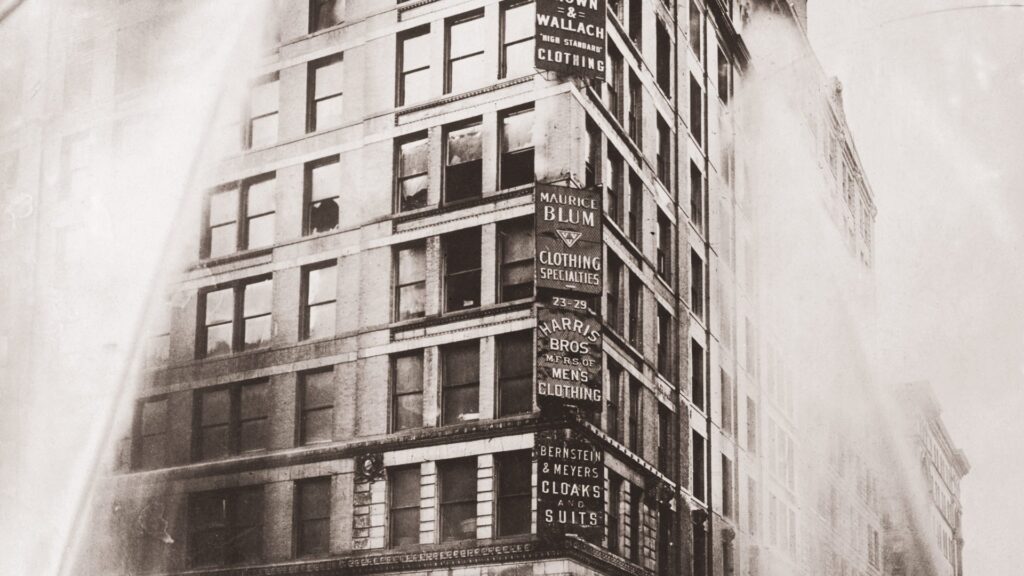The Industrial Scenario and the Exploitation of Female Labor
The Industrial Revolution, in the late 18th and early 19th centuries, boosted the growth of textile factories in the United States. This new industrial era attracted a wave of immigrants, many of whom were women looking for work and better living conditions. However, the reality inside the factories was harsh and marked by exploitation.
Women workers faced long work hours, often 10 to 12 hours a day, six days a week. Their wages were considerably low, about half of what men received for the same work. Safety in the work environment was precarious, with dangerous machines, lack of ventilation and inadequate emergency exits.
Faced with exploitation and poor working conditions, women began to organize and fight for their rights. The first women's unions emerged, such as the International Ladies' Garment Workers' Union (ILGWU), which demanded better wages, shorter working hours and a safer work environment.
The Tragedy of the Triangle Shirtwaist Factory

On March 25, 1911, a tragic fire at the Triangle Shirtwaist Factory in New York would forever mark the history of the fight for women's rights. The fire, which started on the eighth floor of the building, quickly spread across the 10 floors of the factory, due to the lack of emergency exits and the presence of flammable materials.
The factory's entrance doors were locked to prevent workers from leaving before the end of their shift, preventing them from escaping the fire. The stairs were narrow and unsuitable for the quick evacuation of so many people. The lack of safety training and negligence by the factory owners resulted in a devastating toll: 146 people died, most of them young immigrant women, aged between 14 and 23.
The tragedy caused national commotion and generated public outrage. The negligence of the factory owners and the poor working conditions were harshly criticized by the media and political leaders. The fire at the Triangle Shirtwaist Factory became a symbol of the fight for better working conditions and equal rights between men and women.
A Legacy of Struggle: International Women's Day Emerges

Although the creation of an International Women's Day had already been proposed by Clara Zetkin in 1910, during the International Socialist Women's Conference, the fire at the Triangle Shirtwaist Factory had a profound impact on the imagination of the creation of this date and is cited by many as an one of the biggest influences on its creation. The tragedy highlighted the exploitation that working women faced and the need for urgent changes.
Despite this initial shock, it was only in 1917 that the official date of International Women's Day was defined and from that year onwards, March 8 became a day to celebrate female achievements and to continue the fight for a more just and equal world. for all women.
References
“Triangle: The Fire That Changed America” by David Von Drehle
The Triangle Shirtwaist Factory Fire: A Lasting Legacy, 100 Years Later – TIME
Fire at the Triangle Shirtwaist factory – Wikipedia, the free encyclopedia (wikipedia.org)
110 years ago, there was a tragic fire at the women's factory in Triangle Waist (uol.com.br)
